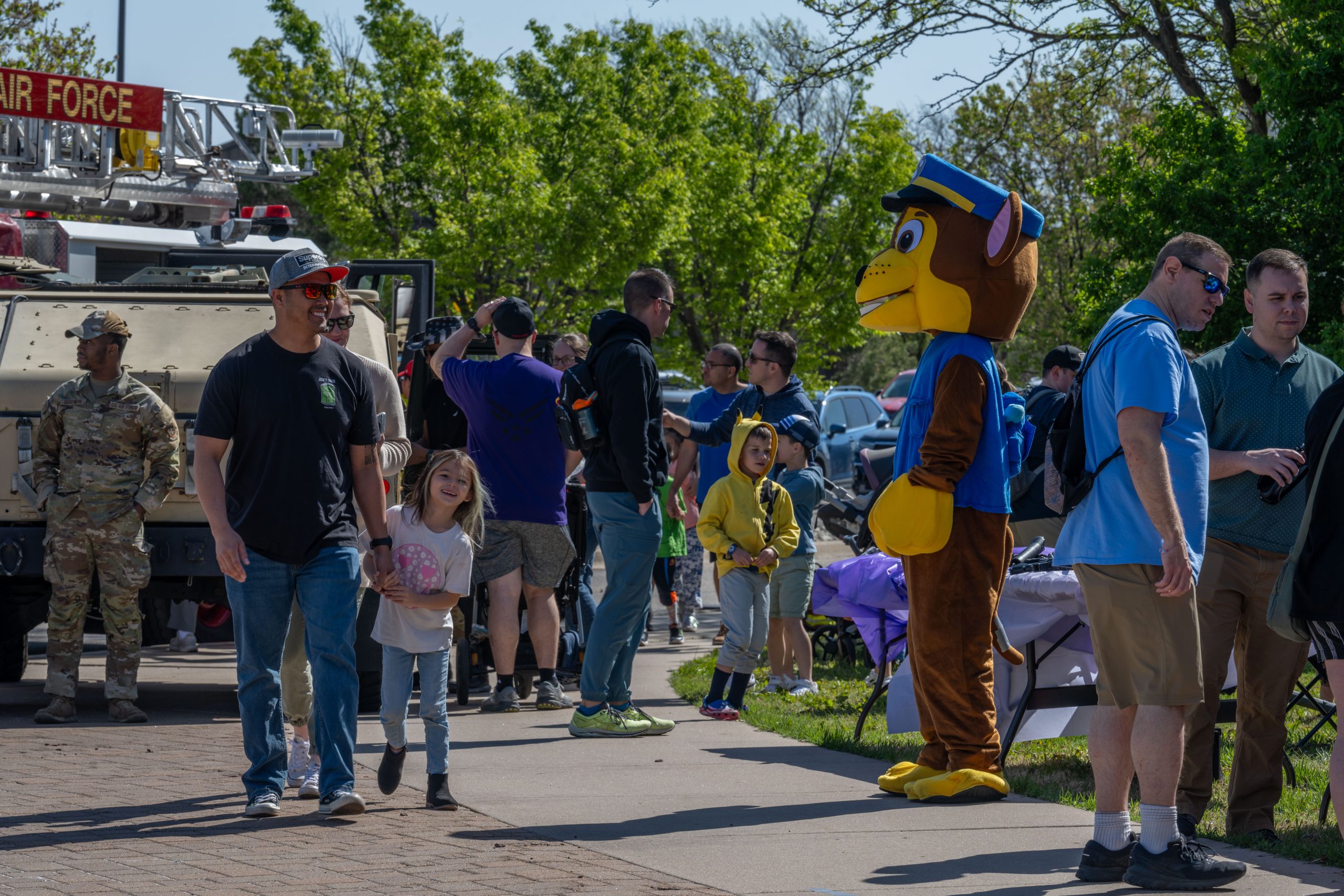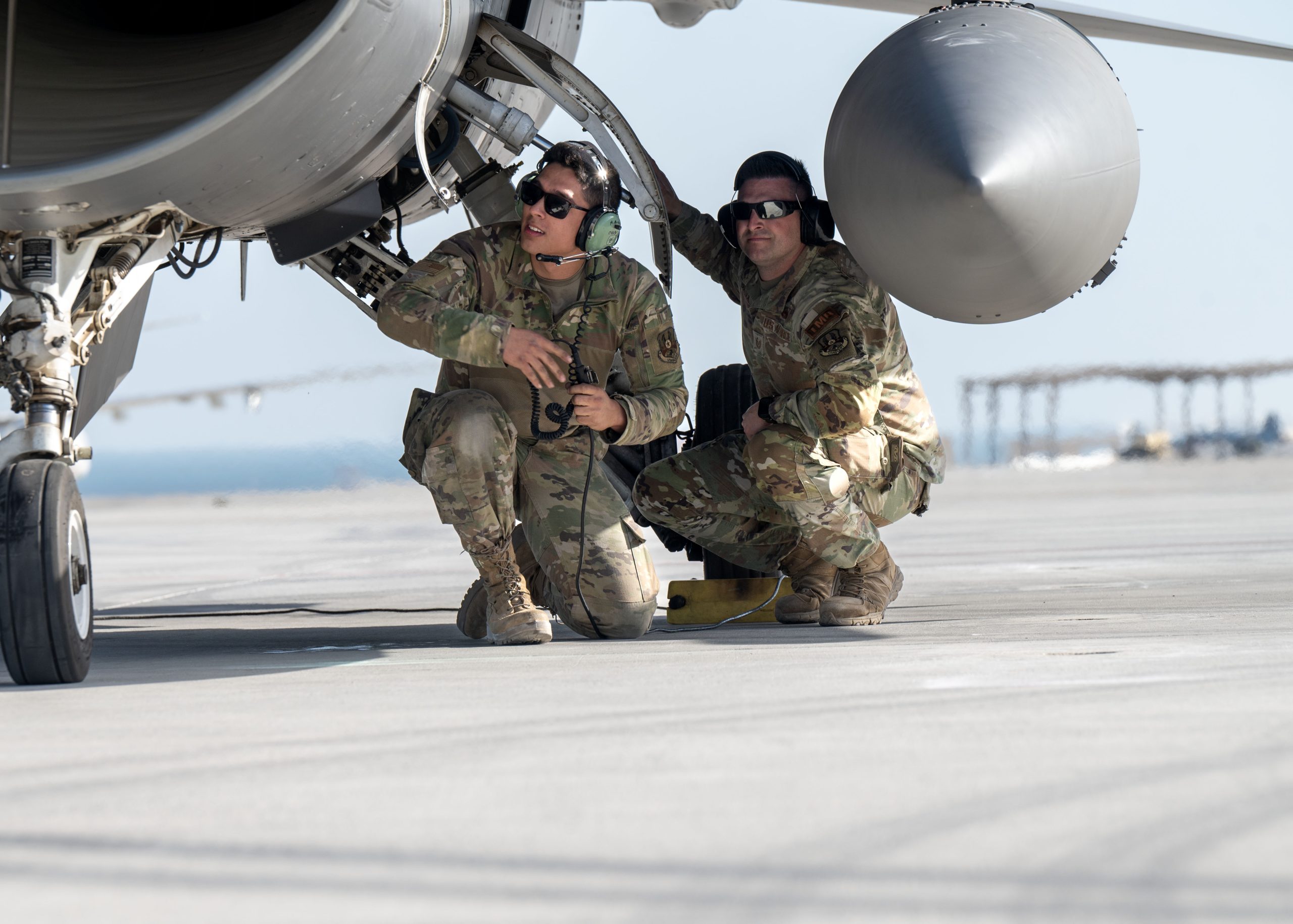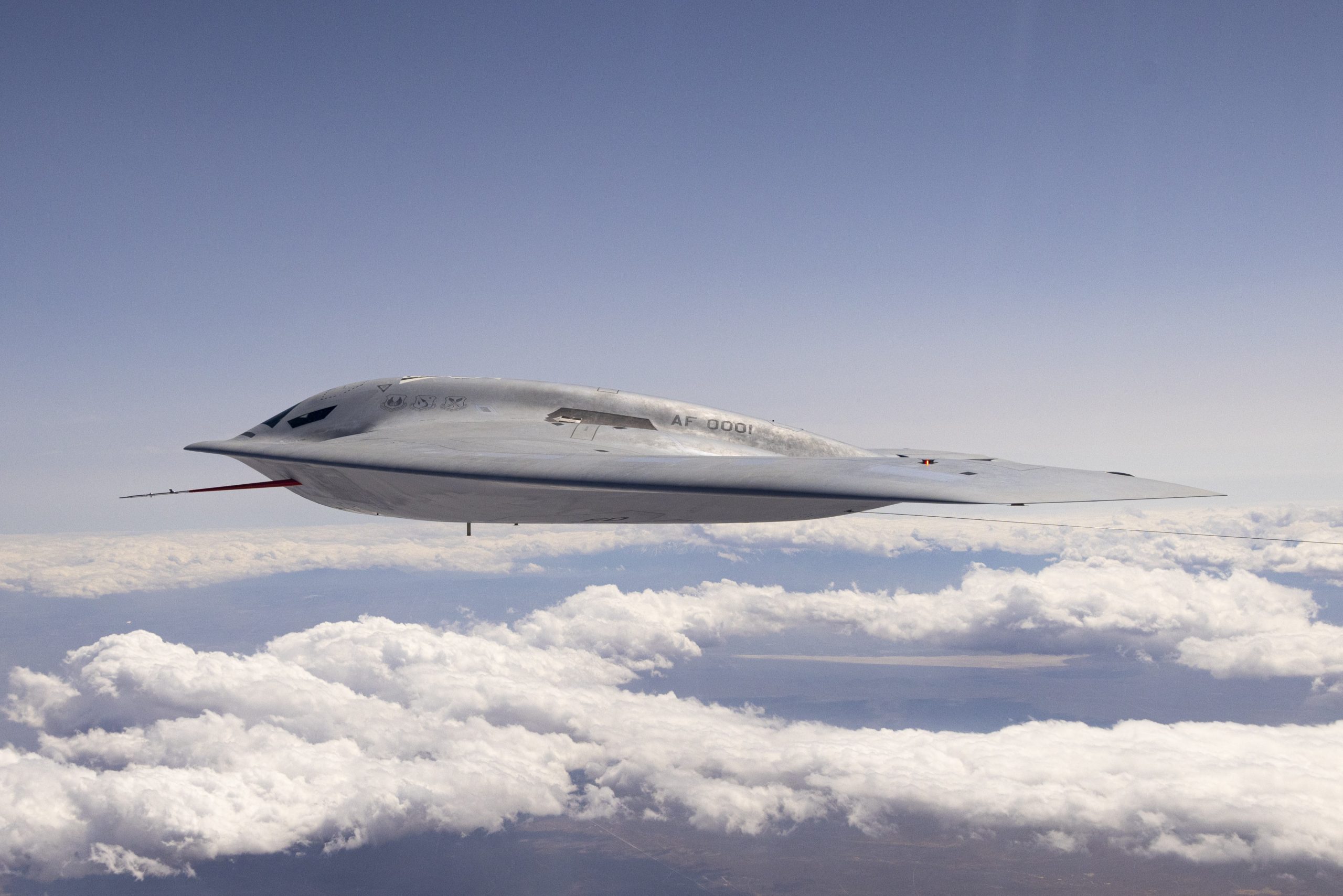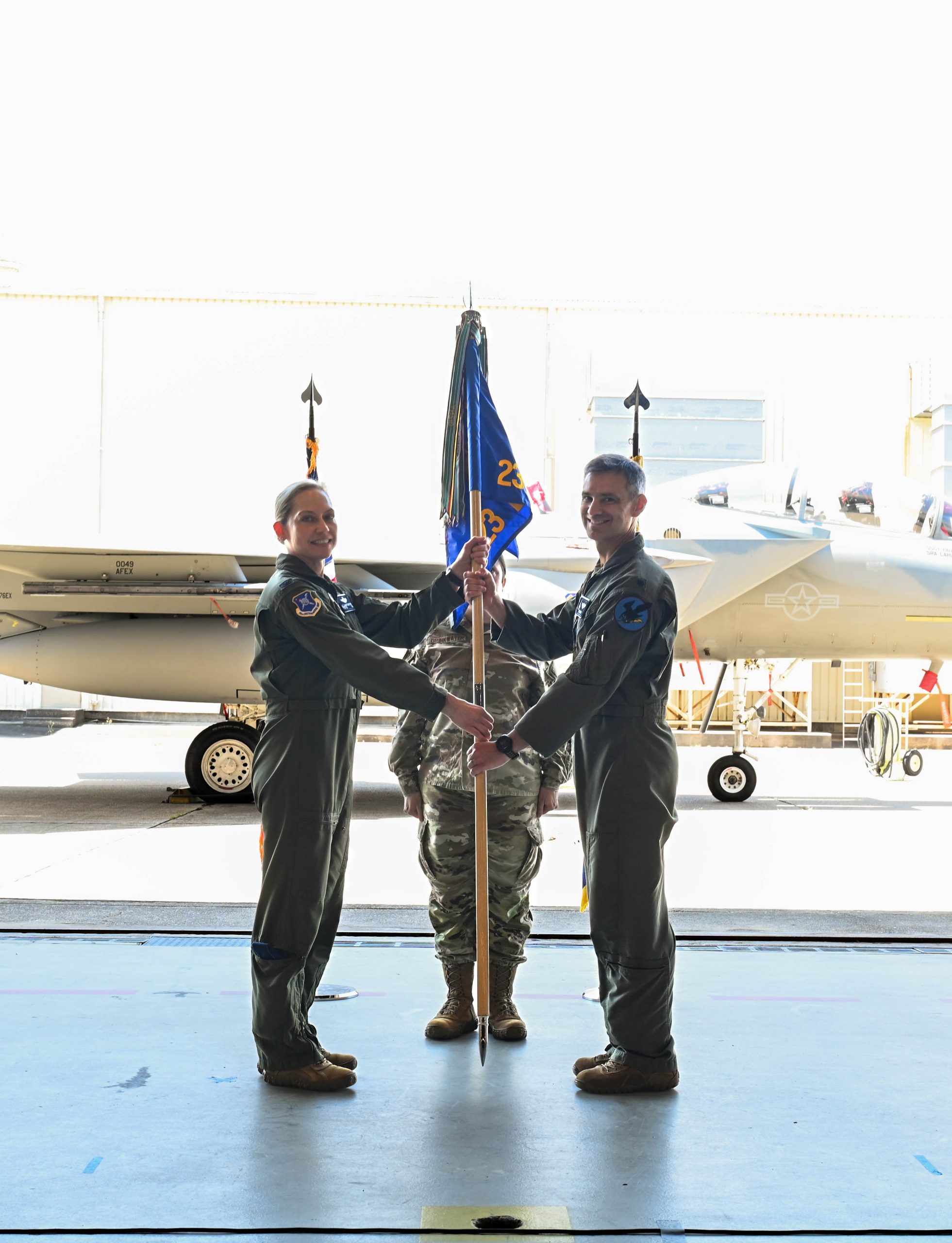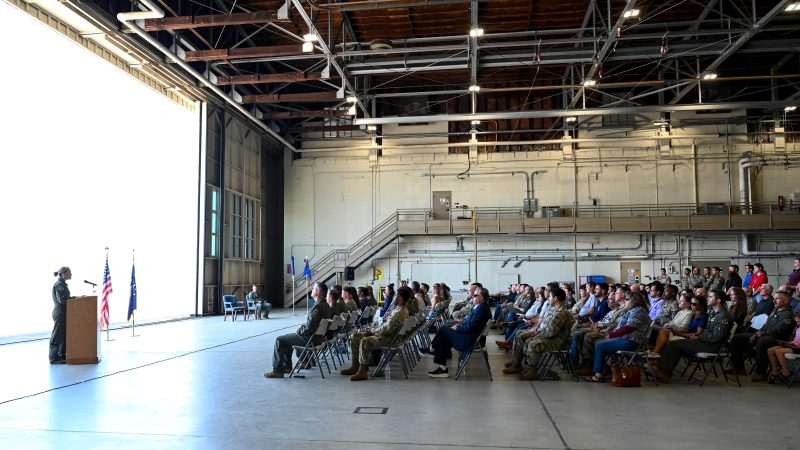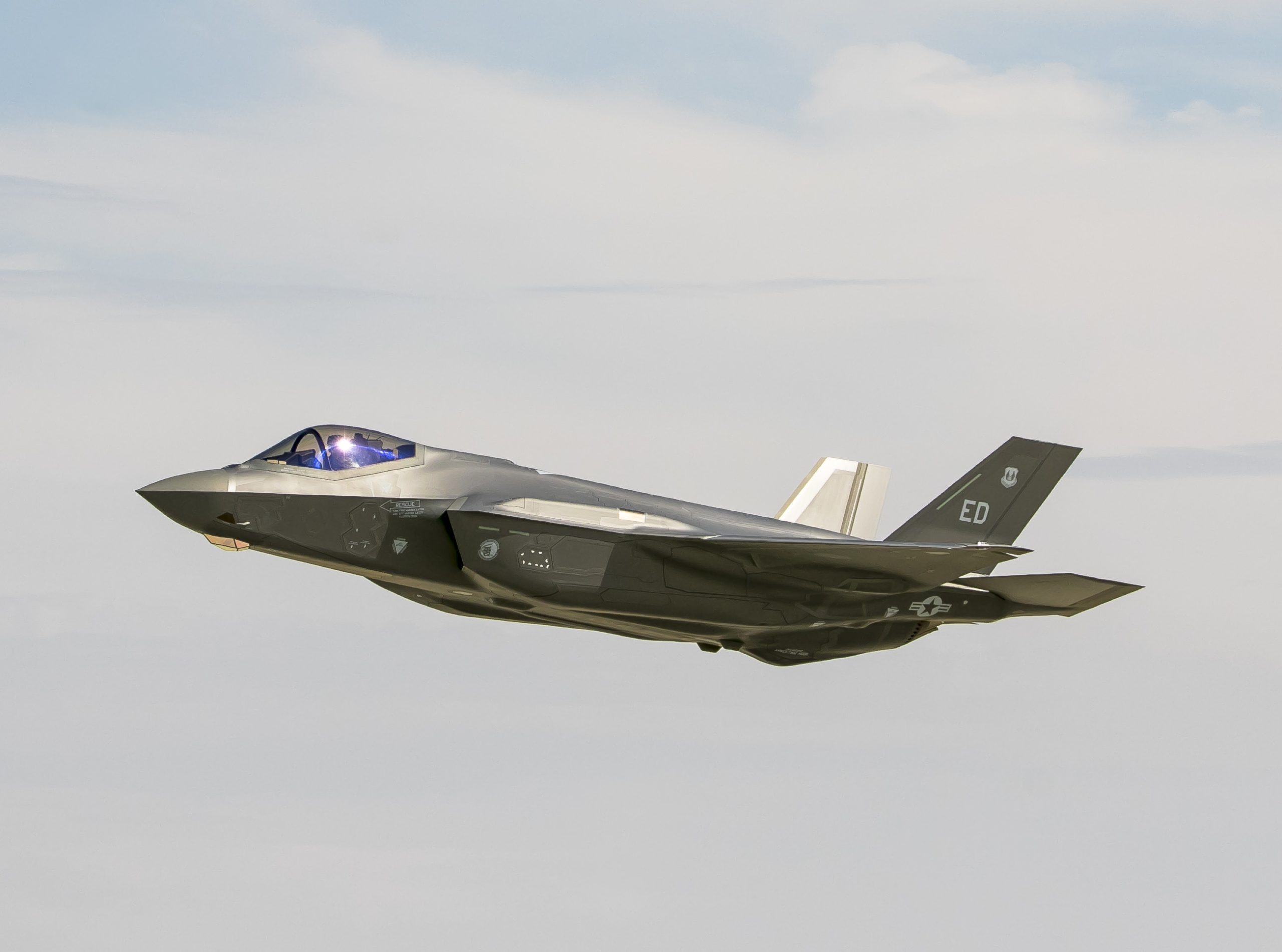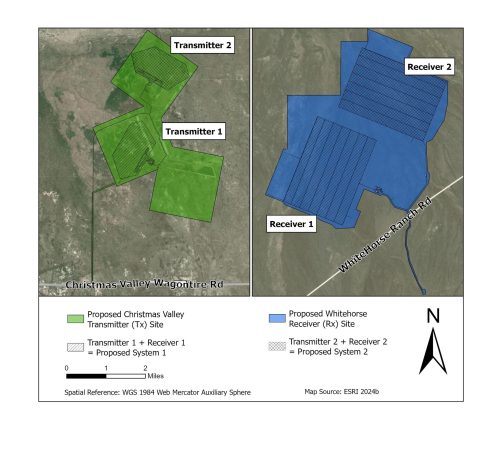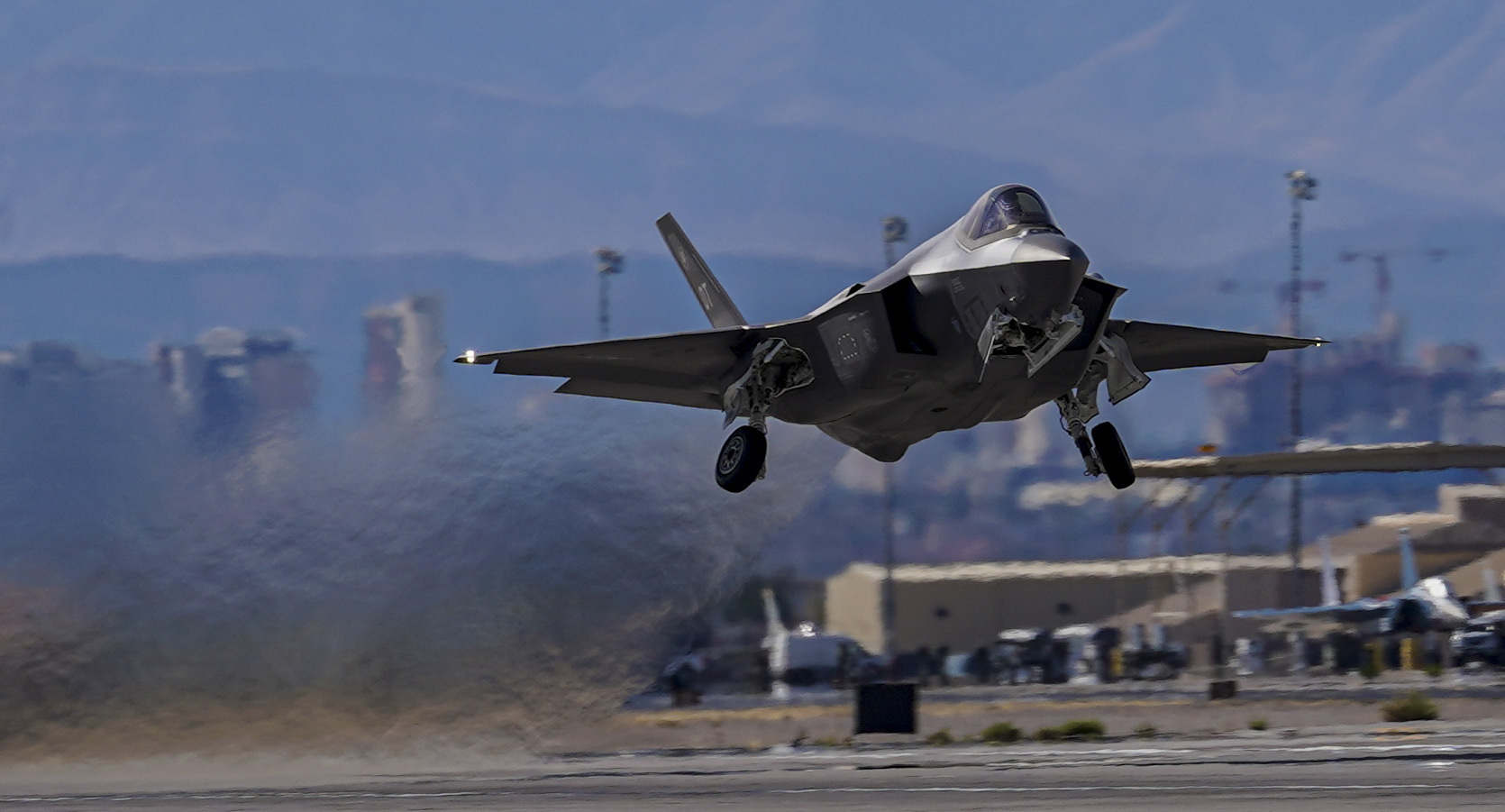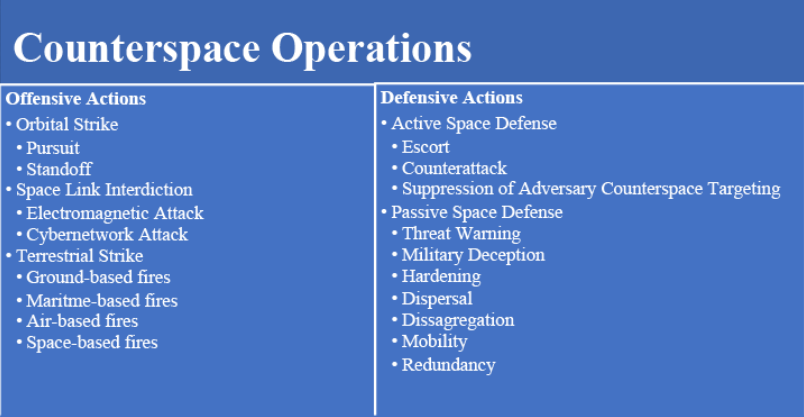Editor’s Note: This story was originally published April 18 and has been updated with additional information from more major commands.
When acting Air Force Secretary Gary A. Ashworth rescinded service-wide “Family Days” last week, he left it to commanders, directors, and supervisors to decide for themselves if they wanted to grant the extra days off. Ashworth’s guidance urged only that, in accordance with USAF regulations, they “re-evaluate their pass structures to best align with warfighter readiness.”
Multiple Air Force major commands and Space Force field commands have updated their policies or issued new guidance on Family Days, or passes, to preserve some days and cut a few others. Most commands are still reviewing their schedules, promising updates to come.
Family Days are intended to extend holiday weekends for eligible uniformed Airmen, typically by adding a Friday to the three-day weekend. Aircrew, maintainers, and security forces Airmen, among other jobs, are often ineligible due to mission requirements. Federal law prohibits civilian employees from being given extra days off.
The next federal holiday is Memorial Day, making Friday, May 23, the next anticipated Family Day. Here’s where each MAJCOM stands on Family Days so far:
Updates
Air Education and Training Command
AETC issued its new Family Days schedule for 2025 and 2026 in an April 22 memo—it’s now calling them “Resiliency Days.” For the rest of 2025 and for all of 2026, there will be four Resiliency Days, along with one possible “Readiness Day” per quarter if different AETC organizations meet their readiness or mission performance targets.
For 2025, the command removed two Family Days from its previous schedule: Friday, June 20, following the Thursday, June 19 Juneteenth holiday; and Friday, Aug. 29 ahead of Labor Day on Sept. 1. It is keeping the days associated with Memorial Day, Independence Day, Thanksgiving, and Christmas.
For 2026, the command has four days authorized, associated with New Year’s Day, Memorial Day, Thanksgiving, and Christmas.
U.S. Air Forces in Europe-Air Forces Africa
Unlike most other major commands, USAFE-AFAFRICA has only scheduled Family Days through the end of fiscal 2025 on Sept. 30. According to a memo sent to Airmen and verified by Air & Space Forces Magazine on April 23, the command is keeping the Family Days associated with Memorial Day in May and Independence Day in July, but canceling two: Friday, June 20, following the Thursday, June 19 Juneteenth holiday; and Friday, Aug. 29 ahead of Labor Day on Sept. 1.
The command’s memo also states that the Third Air Force can “adjust, or not observe, these dates based on operational demands.” It can also delegate that authority to the wing level and allow wings to set “Goal Days”—extra days off if the unit hits certain training or mission requirements.
Air Force Materiel Command
AFMC has issued a memo rescinding its previous Family Days schedule and is still working on a new policy, an official confirmed to Air & Space Forces Magazine on April 23. The old schedule included Family Days in conjunction with Memorial Day, Juneteenth, Independence Day, Labor Day, Veterans Day, Thanksgiving and Christmas.
Notably, the command is perhaps the most civilian-heavy in the Air Force at around 80 percent, and the rules regarding leave for civilians are different—civilian employees can only use accrued leave on Family Days.
Space Operations Command
Space Operations Command has “fully implemented the Secretary’s guidance regarding leave and passes,” a spokesperson told Air & Space Forces Magazine on April 23, with no command-wide Family Days on the schedule now. Commanders of units under SpOC can still grant passes to uniformed personnel, and SpOC leadership “will assess opportunities to incorporate military passes in alignment with operational requirements.”
Air Force Global Strike Command
Most previously scheduled Family Days remain in place for the rest of the year, with two exceptions, according to a memo leaked on social media and confirmed by Air & Space Forces Magazine. AFGSC canceled two anticipated Family Days: Friday, June 20, following the Thursday, June 19 Juneteenth holiday, and Friday, Oct. 10, which would have preceded the Monday, Oct. 13 Columbus Day holiday.
Air Mobility Command
Air Mobility Command cancelled four Family Days: Friday, April 18, ahead of Easter Sunday; Friday, Aug. 29 ahead of Labor Day on Sept. 1; Friday, Oct. 10 ahead of Columbus Day; and Monday, Nov. 10 ahead of that Tuesday’s Veterans Day.
Space Systems Command
The Space Force’s main acquisition arm has “rescinded command-wide family days for 2025 beyond Independence Day,” a spokesperson told Air & Space Forces Magazine. Instead, the command is “empowering and encouraging its commanders, directors, and supervisors to focus any future pass days/structures on organizational/unit goals that align with warfighter readiness; execute our mission with excellence; or maintain our competitive advantage.”
SSC had previously scheduled Family Days for Friday, Aug. 29 (Labor Day); Friday, Oct. 10 (Columbus Day); Friday, Nov. 10 (Veterans Day); Friday, Nov. 28 (Thanksgiving); and Thursday, Dec. 26 (Christmas).
Air Force Reserve Command
A memo circulating on social media says that AFRC has rescinded all of its Family Days. The command did not immediately respond to a query from Air & Space Forces Magazine.
Still Deciding
Air Force Special Operations Command
AFSOC is still finalizing its updated Family Days schedule, an official told Air & Space Forces Magazine. Some previously scheduled days are likely to be cancelled.
Air Combat Command
“In accordance with the Secretary’s guidance regarding family days, ACC is reviewing our policy and updates are forthcoming,” an official told Air & Space Forces Magazine. Individual commanders still have the authority to issues passes in the meantime.
Pacific Air Forces
“Pacific Air Forces is reviewing its own policy on leave and passes, balancing the resiliency and personal readiness of our Airmen, and their families, with our collective warfighting readiness,” an official told Air & Space Forces Magazine.
Space Training and Readiness Command
STARCOM officials did not immediately respond to a query.
